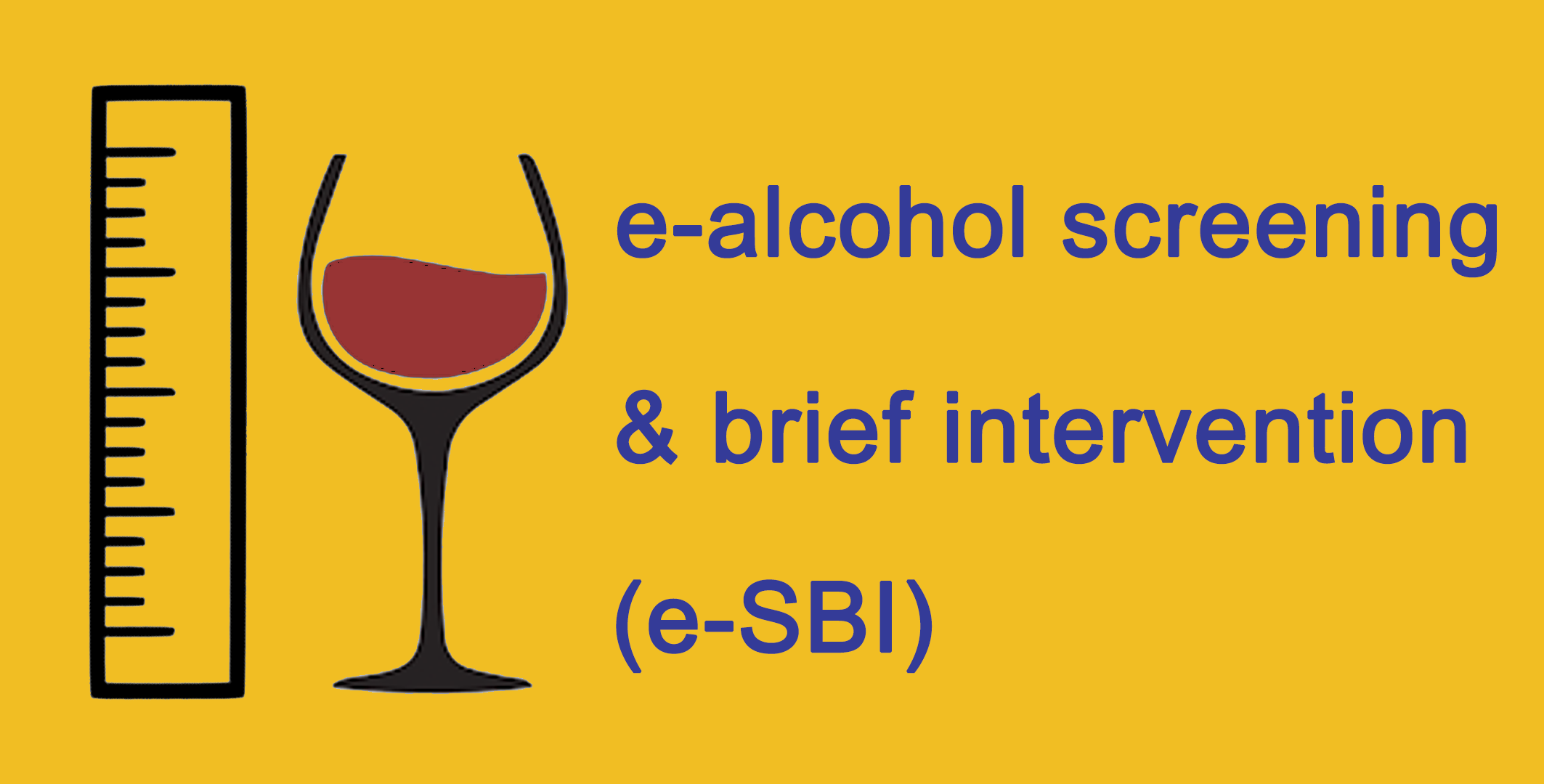NCD Watch
Be A Smart Pedestrian
27 Jan 2014 (Mon)
 Pedestrians are one of the three vulnerable road user groups (the other two being cyclists and motorcyclists). Pedestrians are vulnerable because they do not have a protective 'shell' and they usually have a much smaller mass compared to the other colliding opponent(s) in a crash. Compared with motor vehicle occupant casualties, pedestrians usually sustain more multiple injuries with greater severity in a vehicle-pedestrian crash. The fatality for cyclists and pedestrians is 7 to 9 times that of people in cars.
Pedestrians are one of the three vulnerable road user groups (the other two being cyclists and motorcyclists). Pedestrians are vulnerable because they do not have a protective 'shell' and they usually have a much smaller mass compared to the other colliding opponent(s) in a crash. Compared with motor vehicle occupant casualties, pedestrians usually sustain more multiple injuries with greater severity in a vehicle-pedestrian crash. The fatality for cyclists and pedestrians is 7 to 9 times that of people in cars.
Pedestrians of all ages are at risk of injury and death from road traffic crashes, but children and elders are at greater risk. In Hong Kong, of the 3 840 pedestrian casualties in 2011, people aged 60 and above accounted for 26.1%, while people aged 14 and below accounted for 10.7%. Overall, the major pedestrian contributory factors in road traffic crashes were crossing road heedless of traffic (at crossing or elsewhere), pedestrian inattentiveness and jay walking.
All road users play a part in maintaining pedestrian safety. Pedestrians themselves should take steps to stay safe in particular, because it is their own safety after all. Here are some smart road crossing tips:
Before crossing road
- Choose and use crossing facilities, i.e. foot-bridges, pedestrian subway, light signal cross-ing and zebra-crossing.
- Do not climb over/through the curbside fence/central reserve onto the carriageway.
- Do not cross when pedestrian lights show a 'Red man' light or flashing 'Green man' light, or when a vehicle is coming.
- Do not cross between parked cars. Never cross in front of or behind buses/trucks.
- Do not cross at a junction unless there is a proper crossing place.
- Do not rush. Look right and left at least twice before crossing.
When crossing road
- Look and listen to approaching vehicle.
- Cross only when pedestrian lights show a steady 'Green man' light. If the 'Green man' light starts flashing, keep going at a steady pace until you reach a central refuge island or foot-path at other side of the road.
- Cross only after vehicles have stopped.
- Cross in a straight line. Do not run or remain on a crossing road longer than is necessary.
- Do not use mobile phone (talking or texting) or listen to music from portable music player while crossing.
When there are no proper crossing facilities
- Find a safe location to cross and then stop.
- Look around for traffic and listen.
- Let the coming vehicles pass. Look around again.
- Walk straight across the road when there is no traffic near.
- Keep looking and listening to traffic while crossing.
When crossing road with young children
- Children up to the age of 11 (those of primary school age) should still be supervised on the roads.
- Always stay close to them on streets and hold their hands when crossing the road.






































